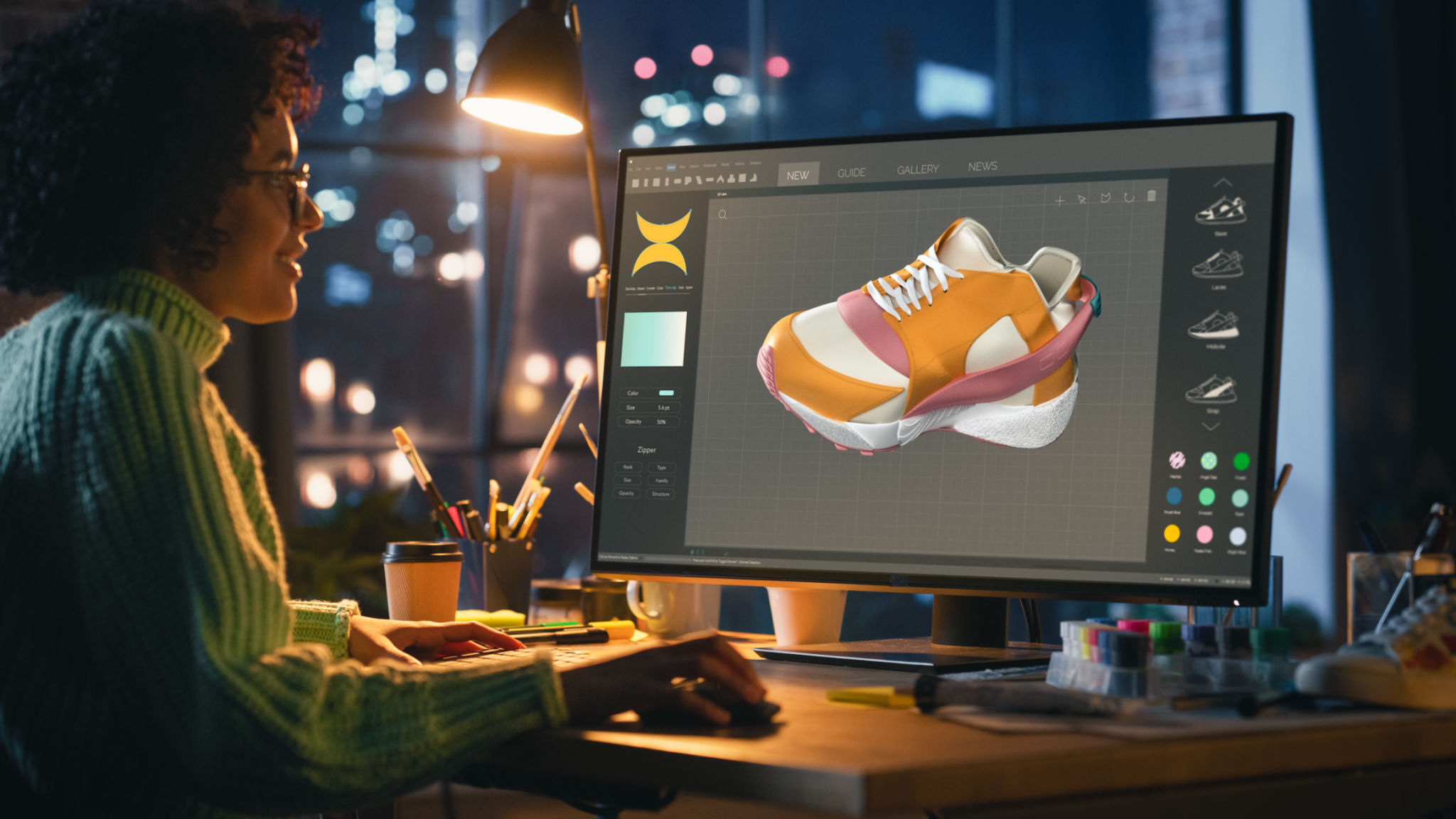Case Study: Transforming User Experience with Bespoke UI/UX Services
Introduction to Bespoke UI/UX Services
In today's digital landscape, user experience is at the forefront of successful product design. Bespoke UI/UX services are tailored solutions that address the specific needs of users, enhancing their interaction with digital products. This case study explores how customized design approaches can significantly transform user experiences.
Every business is unique, and so are its users. Off-the-shelf solutions may not effectively address specific user challenges. That’s where bespoke UI/UX services come into play, offering personalized design strategies that align with user expectations and business goals.

Understanding User Needs
The first step in transforming user experience is understanding the user's needs. Through comprehensive research methods such as user interviews, surveys, and usability testing, designers can gather valuable insights into user behavior and preferences. This data-driven approach ensures that the design solutions are not only aesthetically pleasing but also functional and user-centric.
Empathy plays a crucial role in this process. By putting oneself in the user's shoes, designers can identify pain points in the current user journey and develop strategies to address them effectively. This empathetic approach leads to the creation of intuitive and seamless interfaces.
Key Research Techniques
- Conducting detailed user interviews
- Analyzing user behavior through surveys
- Implementing usability testing

Designing Tailored Solutions
Once the user needs are clearly understood, the next step is to design tailored solutions. This involves crafting user interfaces that are not only visually appealing but also enhance the overall user experience. Bespoke UI/UX services focus on creating designs that resonate with the target audience, ensuring a higher level of engagement and satisfaction.
Customized design solutions often incorporate unique elements that reflect the brand's identity while addressing the specific needs of users. This personalization helps in building a strong connection between the brand and its users, fostering loyalty and trust.
Elements of Effective Bespoke Design
- Visual appeal aligned with brand identity
- User-centric navigation and layout
- Responsive design for multi-device compatibility

Measuring Success and Iterating
The final step in transforming user experience through bespoke UI/UX services is measuring the success of the implemented solutions. Utilizing analytics tools and user feedback, businesses can gauge how effectively their new designs meet user expectations. Key performance indicators (KPIs) such as user engagement rates, conversion rates, and customer satisfaction scores provide valuable insights into the impact of the design changes.
Continuous iteration is essential to maintain a high-quality user experience. Based on the data collected, iterative improvements can be made to further optimize the design, ensuring it evolves alongside changing user needs and technological advancements.

Conclusion
Bespoke UI/UX services offer a powerful way to transform user experience by providing tailor-made solutions that focus on the unique needs of users. By leveraging comprehensive research, designing personalized interfaces, and continuously measuring success, businesses can create engaging digital experiences that foster long-term relationships with their users.
Investing in bespoke UI/UX services not only enhances user satisfaction but also drives business growth by building a loyal customer base that appreciates a thoughtful and tailored digital journey.
